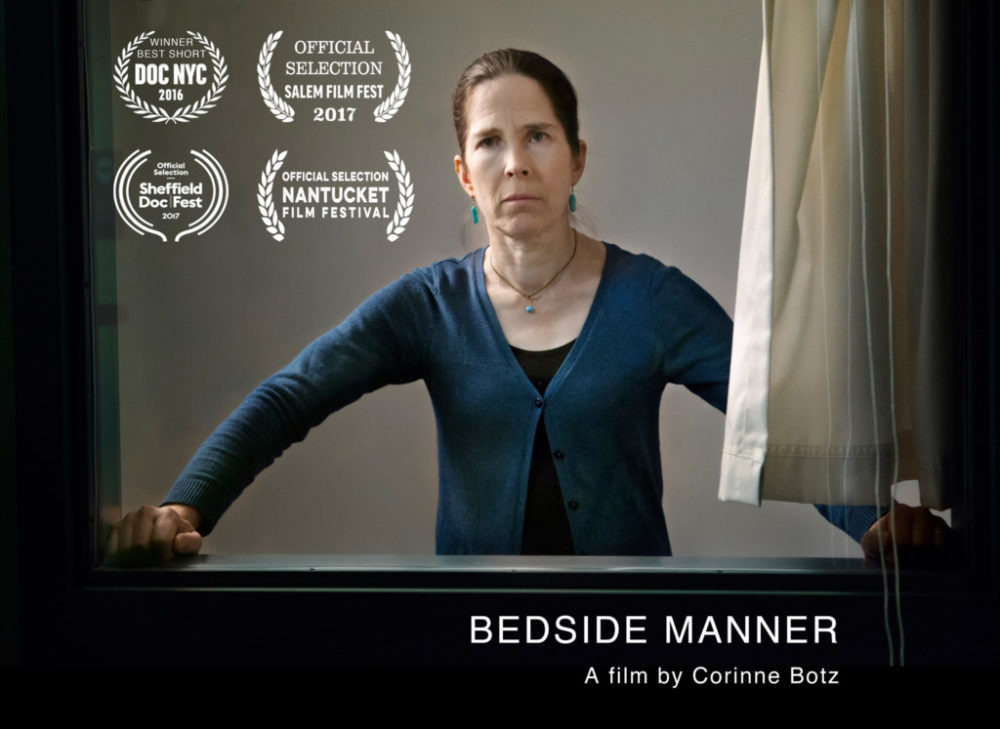
In the short film "Bedside Manner", neurologist Dr. Alice Flaherty plays herself as doctor, patient and standardized patient in a narrative that forces spectators to decipher what is authentic in the main character’s narrative. To paraphrase Flaherty: she is a doctor learning how to be a patient, in order to teach doctors how to be better doctors. In regards to the discourse concerning empathy, we are left not only thinking about what patients feel but what student-doctors feel as they go through the process of becoming an “authority". ©Corinne May Botz
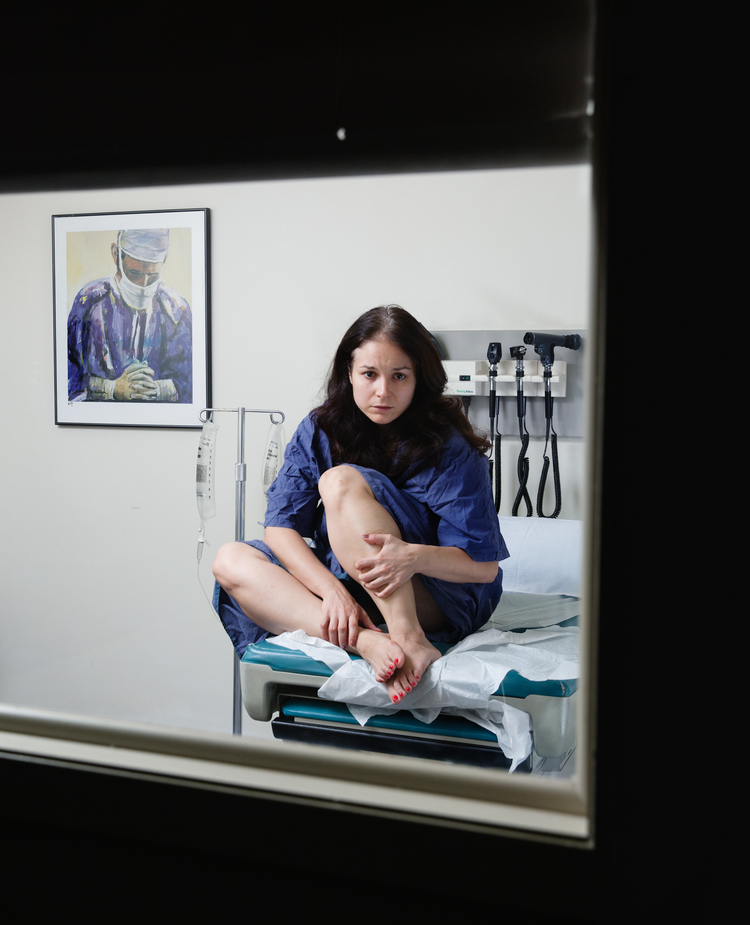
“Lori,” from the series “Bedside Manner”.
©Corinne May Botz / Courtesy Benrubi Gallery, NYC
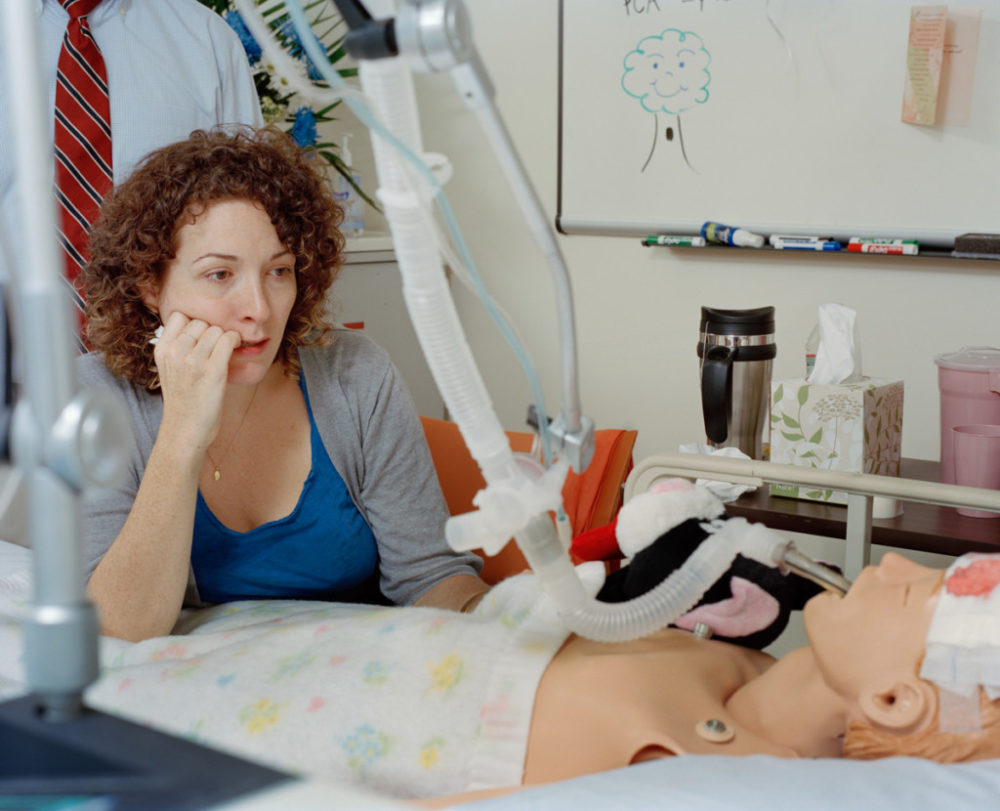
"Life Support" from the series “Bedside Manner”
©Corinne May Botz / Courtesy Benrubi Gallery, NYC
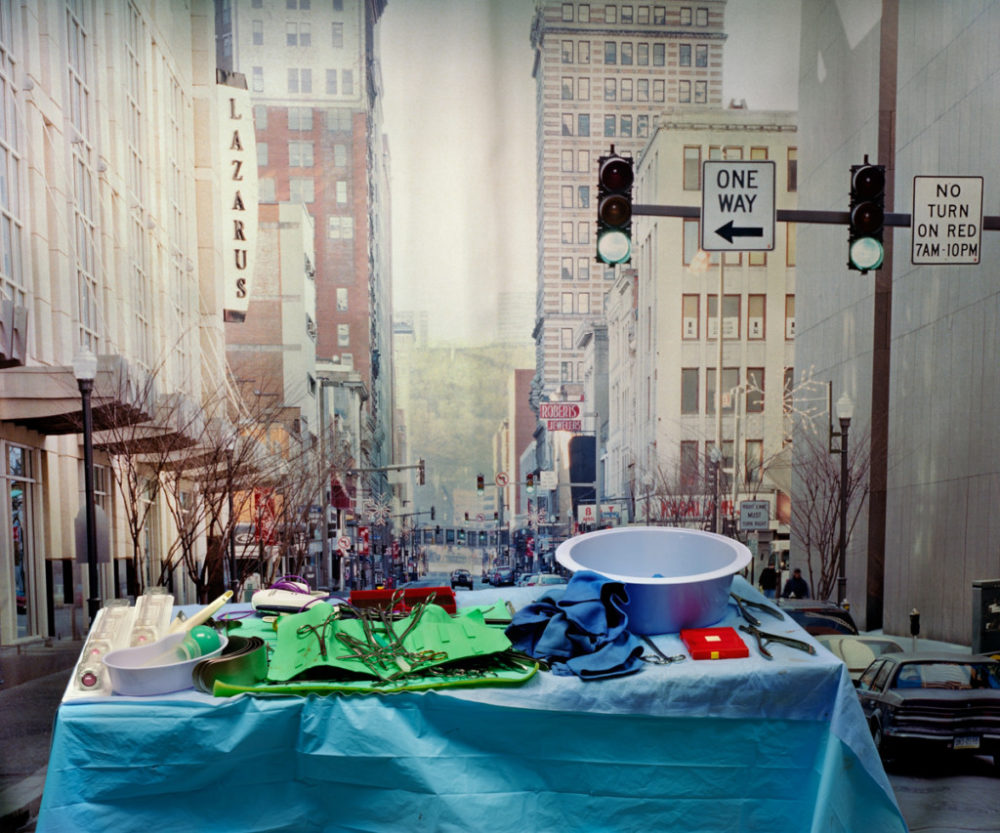
“Operating Room No. 1,” from the series “Bedside Manner” ©Corinne May Botz / Courtesy Benrubi Gallery, NYC
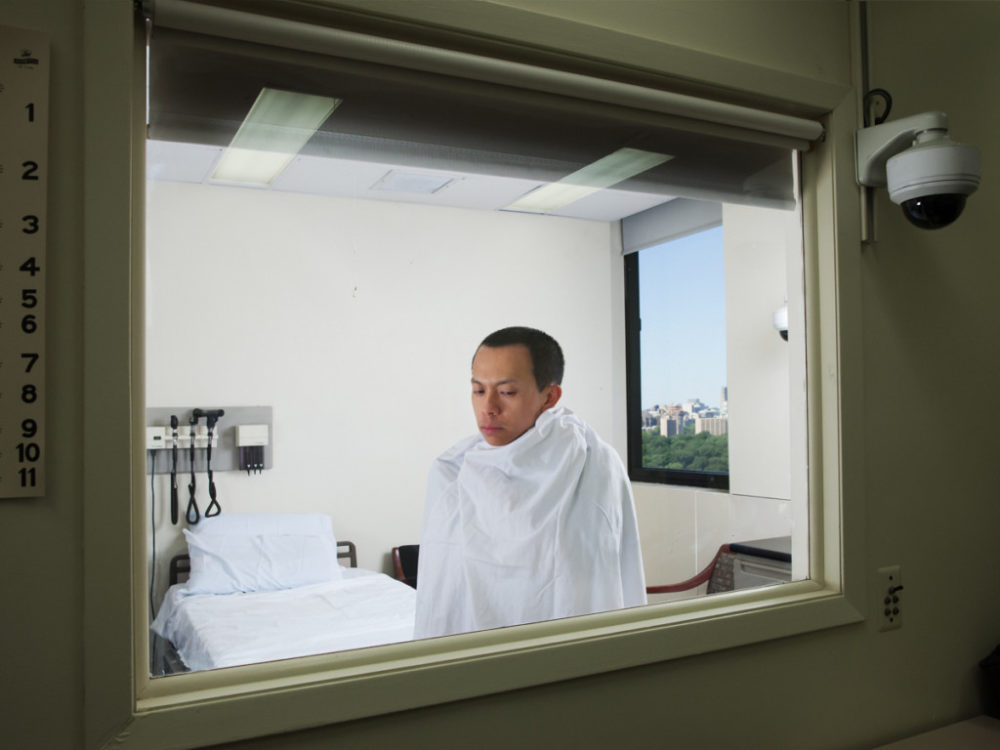
“Wilton” from the series “Bedside Manner”
©Corinne May Botz / Courtesy Benrubi Gallery, NYC
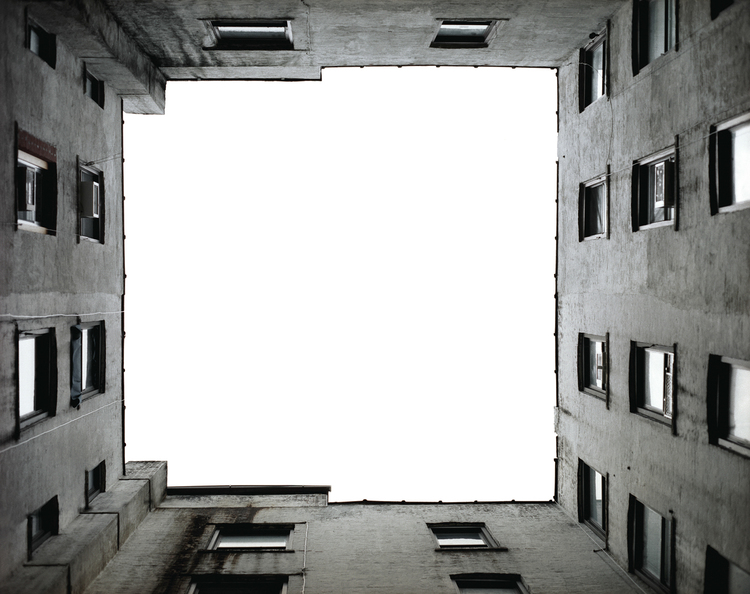
Void from the series "Parameters" / "Agoraphobia is the fear of public places from which escape may be difficult or embarrassing in the event of a panic attack. Individuals with agoraphobia have difficulty leaving their houses, and restrict themselves to a zone of safety that can range in scale from a few blocks to a bed. This spatial condition emerged during the birth of the modern city, and cannot be separated from the critique that modernist space is produced for and by men. Known as the “housewives disease,” it is estimated that 80 to 85 percent of agoraphobics are women. Ultimately, it is the delicate relationship between space and self - the fear of loosing control over one’s body and one’s place in the world - that forces individuals into hermetically sealed spaces. I sought out agoraphobic volunteers from a variety of sources (online support groups, Craig’s List, clinics, classified ads, etc.). I met with eighteen individuals in total: fifteen women and three men. In the mode of a forensic psychiatrist or anthropologist on a home-visit, I photographed the interior arrangements and safety objects that the individuals accumulated as a means of coping with their anxieties. Although the figure is absent from these images, the overdetermined objects are surrogates for the individuals and serve as a form of portraiture. Countering the dread of horror vacui, many of these interiors are marked by over accumulation and a confluence of knick-knacks. Agoraphobics retreat inside their homes because it is a space they can control. The home is repeatedly described as both a haven and prison. I photographed the interiors arrangements in a straightforward manner, utilizing strobe lighting to highlight the sculptural foundation of the images and to connect them with high art, thus challenging modernity’s disavowal of the domestic and decorative. Like the objects I photographed (talisman that help agoraphobes navigate public spaces and entrances to the outside world of nature and memories through the interior), my photographs are mobile objects that extend the parameters of my subjects’ safety zones. By volunteering for my project and allowing me to enter their private space, the agoraphobes’ indicated a desire to extend the boundary of their space. The exhibition of the photographs relocates highly personal spaces into a public sphere." ©Corinne May Botz
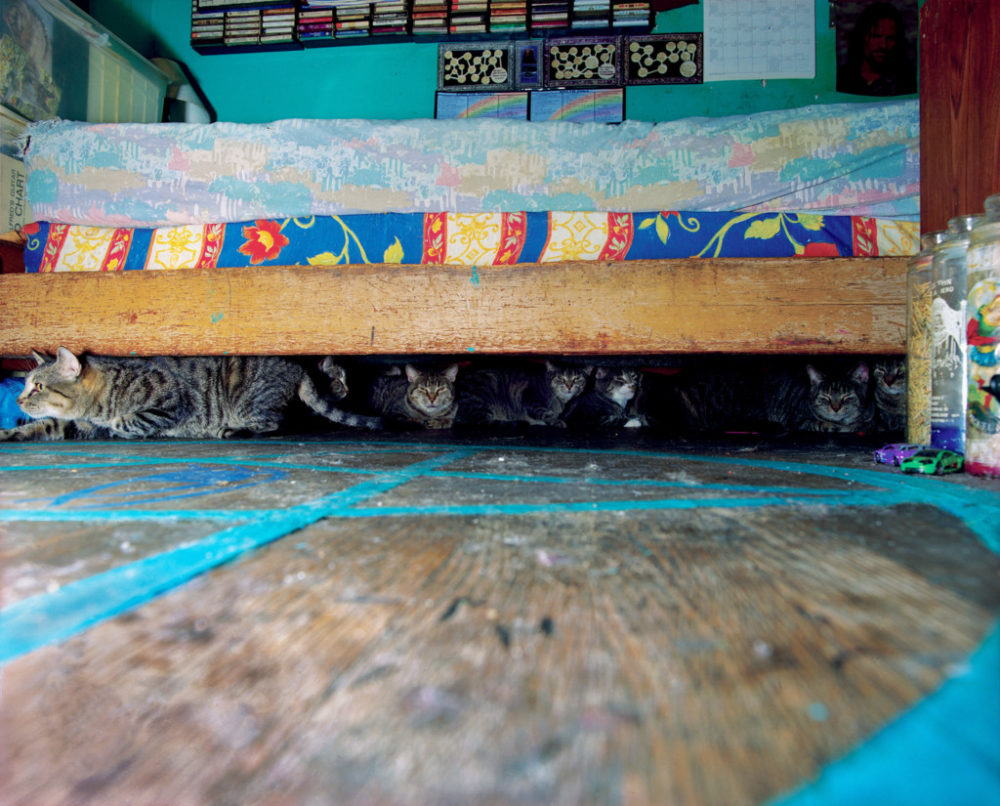
"Melanie (cats)" from the series “Parameters”
©Corinne May Botz / Courtesy Benrubi Gallery, NYC

Corinne May Botz


